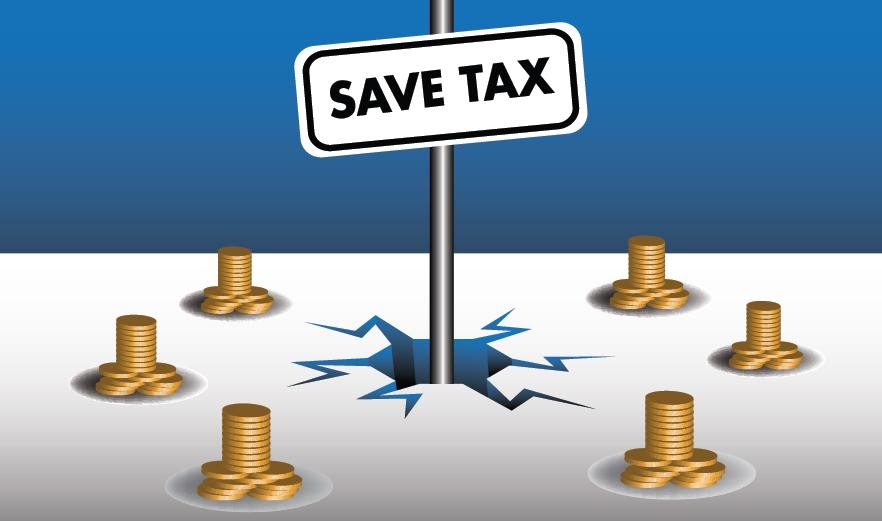These days, mutual fund investments are increasingly popular. These investment solutions allow investors to invest in various financial assets by utilising the expertise and knowledge of experienced investment managers. The main advantage of these investment tools is that they provide higher returns than typical investment options like fixed deposits.
Mutual funds collect money from various sources to achieve this goal and invest it in a well-balanced debt and equity assets portfolio. The funds also provide different investment options, such as open or closed-ended schemes, specialised funds, or a mix of these. Investors can select any fund that meets their investment objectives and risk tolerance.
High-risk investments typically yield high returns, while medium-risk investments yield medium returns, low-risk investments yield low returns. On the other hand, investors must choose the fund that they believe has the highest probability of fulfilling their goals.
What is an ELSS Mutual Fund?
The diverse category of mutual funds includes equity-linked savings schemes (ELSS), sometimes known as tax-saving funds. While they have the most exposure to equity and equity-oriented products, they also have a portion of their portfolio invested in debt securities.
ELSS is covered by Section 80C, which allows you to claim tax deductions of up to Rs 1,50,000 each year. This can save you up to Rs 46,800 in taxes per year. The statutory lock-in term for the ELSS funds is three years, which is the lowest of the 80C alternatives.
Lock-In Period In ELSS Funds
A lock-in period applies to the tax-saving investment schemes. The National Savings Certificate and tax-saving fixed deposits, for instance, have a 5-year lock-in period. The Public Provident Fund is locked in for 15 years. Furthermore, NPS savings are total takeaways only after retirement.
In comparison, the ELSS category has the lowest lock-in time, with all funds in the category require a 36-month minimum holding term before units can be redeemed. For example, if you received 100 units in an ELSS fund on January 1, 2018, you can only save them three years later, on or after January 1, 2021.
Many investors are perplexed about how SIPs, or systematic investment plans, are treated under the ELSS category. So, let’s continue our example and say you’re investing Rs. 1,000 per month in an ELSS fund, with the first SIP instalment beginning on January 1, 2018.
Return on ELSS Funds
An ELSS is a Mutual Fund, and returns are not assured in these funds, as they are in all Mutual Funds. Nonetheless, a look at the top schemes reveals that the category has done quite well over time if you keep investing through the market’s ups and downs.
In the ELSS category, there are no index funds. This means that all investments are actively managed and have their characteristics. In terms of investing style, some funds are growth-oriented, while others are value-oriented, as well as some ELSS funds are a mix of both growth and value.
ELSS funds may also have varied investing strategies regarding the percentage of equity and debt they hold and the amount of diversification they offer. Another vital aspect is market capitalization bias, with some funds emphasising large caps and others devoting more capital to mid and small-cap stocks.
Who should invest?
Individuals and HUFs who want to save up to Rs 46,800 per year on taxes might think about investing in ELSS. However, these funds are only ideal for people ready to take a risk and can commit to staying invested for at least three-year lock-in term.
Investors should stick with them for at least five years to get the best profits from mutual funds. A reasonable time frame is five years. You will provide your investments with the required time to cycle through market cycles and deliver outstanding long-term returns.
Conclusion
If you are new to mutual funds, you should seek the advice of a seasoned financial advisor or invest through a mutual fund distributor. You might prefer a direct mutual fund investment if you are familiar with the market and can select the appropriate fund plan. Whatever ELSS plan you choose, stick with it for a longer time to build wealth.













Comments